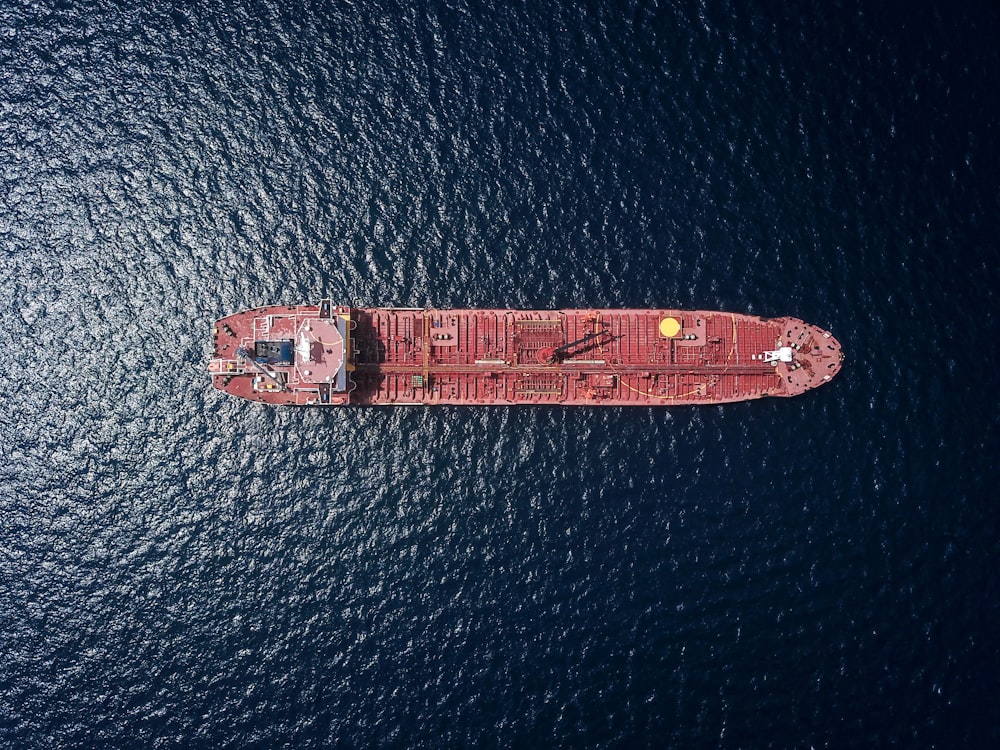

We didn’t expect a quiet year for trade and supply chains, but before it even started, the vital shipping sector has been once again pushed into the center of geopolitical conflicts. Companies have started avoiding the Red Sea and this already leads to significant delays in supply chains and price hikes on the spot market – and it could still get worse.
What’s going on?Following several drone attacks from Houthi militants on merchant vessels, most of the world’s largest container liners – including MSC, Maersk, CMA-CGM, Hapag Lloyd, Evergreen, and HMM – began avoiding the 30km wide Bab al Mandeb sea strait to the Red Sea and the Suez Canal, which handles some 12% of global trade. They detoured their ultra large container vessels around Cape of Good Hope from mid-December.Roughly half of the shipped freight through the canal comprises containerized goods, making it the most important artery for container trade. The trade lane is also a vital corridor to ship oil and oil products from the Persian Gulf to Europe and the US. Re-routing around the Cape adds some 3,000-3,500 nautical miles (around 6,000 km) to the journeys connecting Europe with Asia. At a speed of 14 knots, this means around 10 days is added to the duration of the trip. Since almost all container vessels are detoured, this could push up vessel capacity consumption by over 20-25%, which would turn overcapacity into a short-term shortage.An international coalition has been created by the US to provide naval escorts, but the risks won’t disappear immediately, and the rerouting continues.
Global container spot rates are on the rise again on the verge of 2024World container index (WCI), freight rates in $ per FEU (40 ft container) Image Source: Drewry
Image Source: Drewry
Container rates are on the rise and delays are upcoming, but the impact is all about how long it lastsThe massive re-routing of vessels will lead to significant delays on arrival in ports. And this will also have knock-on effects on connecting vessels and the turnaround of vessels. In European ports like Rotterdam (most calls for ultra large container vessels from Asia), but also Antwerp and Hamburg, this could lead to new congestion and delays in delivery further down the line in the first quarter. The weeks ahead of the Chinese New Year are busy in container shipping, but at least for shippers and consumption in Europe, the first quarter is quieter, and inventories are still relatively high. Nevertheless, the mounting delays could turn into shortages or waiting times for some consumer products in the first part of the year.After spiking at unprecedented levels at the end of 2021, container rates returned to their pre-pandemic levels and even below over the course of 2023, as the high demand from the pandemic retreated and a range of newly delivered vessels created overcapacity. But the Red Sea crisis pushed up container global container rates again. For the US, the combination with the Panama Canal’s low water restrictions even complicates supply lines to the East Coast. However, an important difference between the pandemic era and the Suez Canal blockage of the Evergiven in 2021 is that the demand-supply balance is currently far less strained. This will most likely prevent rates from reaching multiples again, but it all depends on how long the situation lasts.
Unexpectedly higher freight rates and more complicated pricing for shippers in 2024For shippers, freight charges are increasingly opaque as several surcharges add to bold port-to-port rates. The current situation in the Red Sea region leads to emergency contingency adjustment charges. This also further complicates next to other price supplements, such as peak season surcharge and ‘emissions surcharge’ following the start of the European emissions trading system (ETS). Either way, for shippers and eventually also for consumers, 2024 starts with higher-than-expected freight rates.More By This Author:Turkish Central Bank Likely To End Hiking Cycle Next Month November Retail Sales Disappoint In Poland But We Still Hope For A Revival In Spending Polish Construction Weakens In November Due To Harsh Weather
















